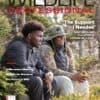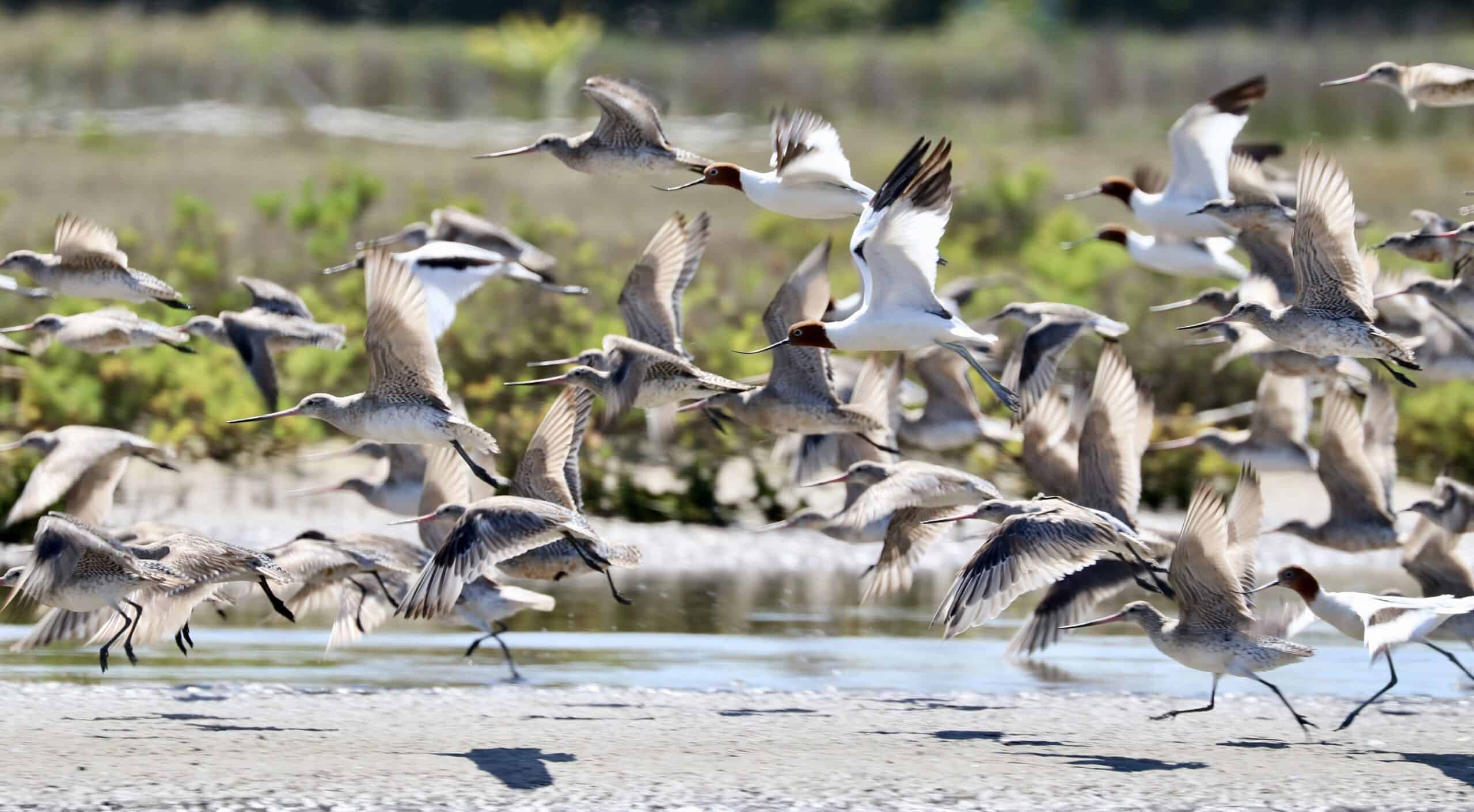
JWM: Invasive foxes disturb imperiled Aussie shorebirds
Nighttime intruders may affect curlews and other species at their high tide roosts
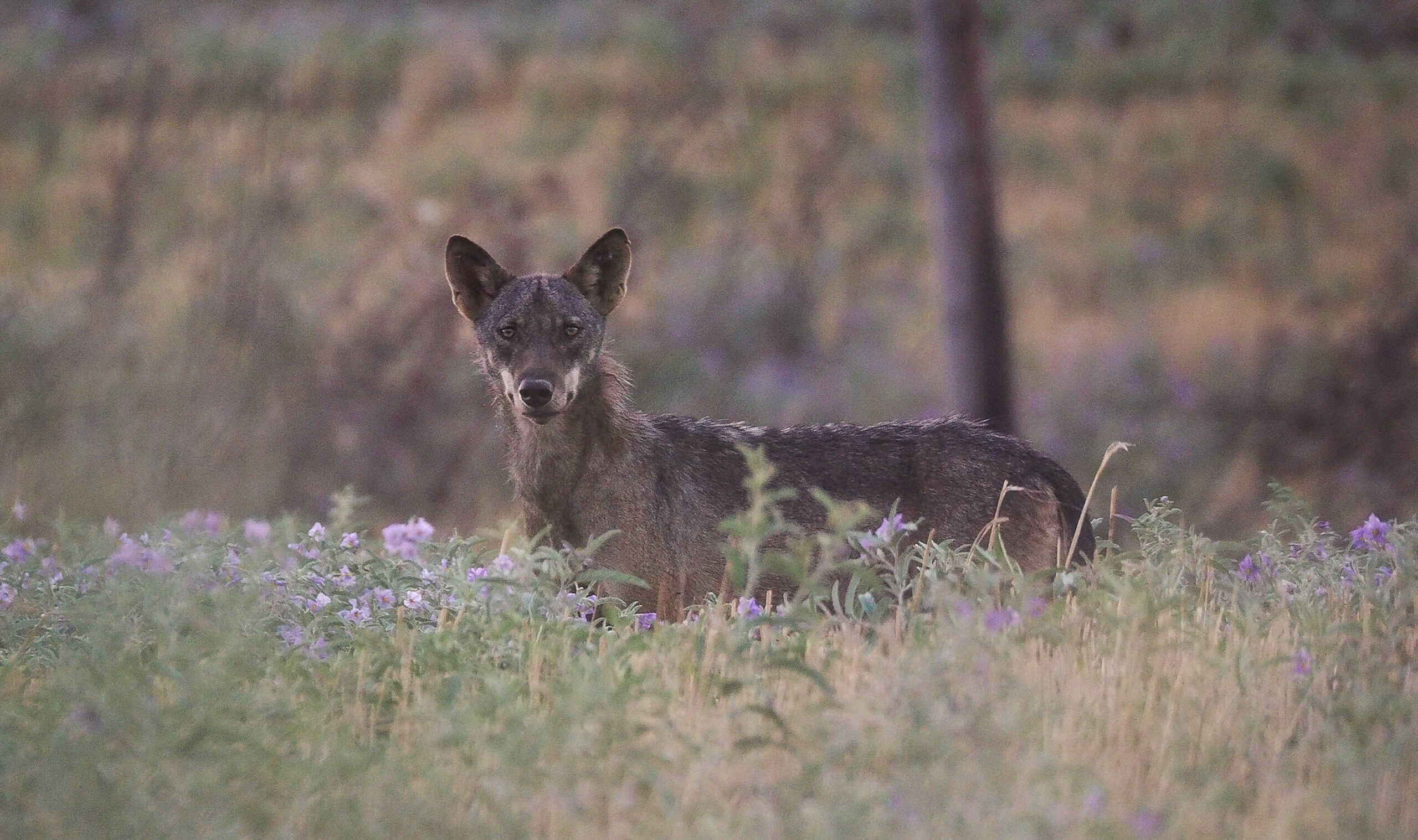
Europe’s wolf population on the rise
Wolf populations on the continent have increased almost 60% is the last decade
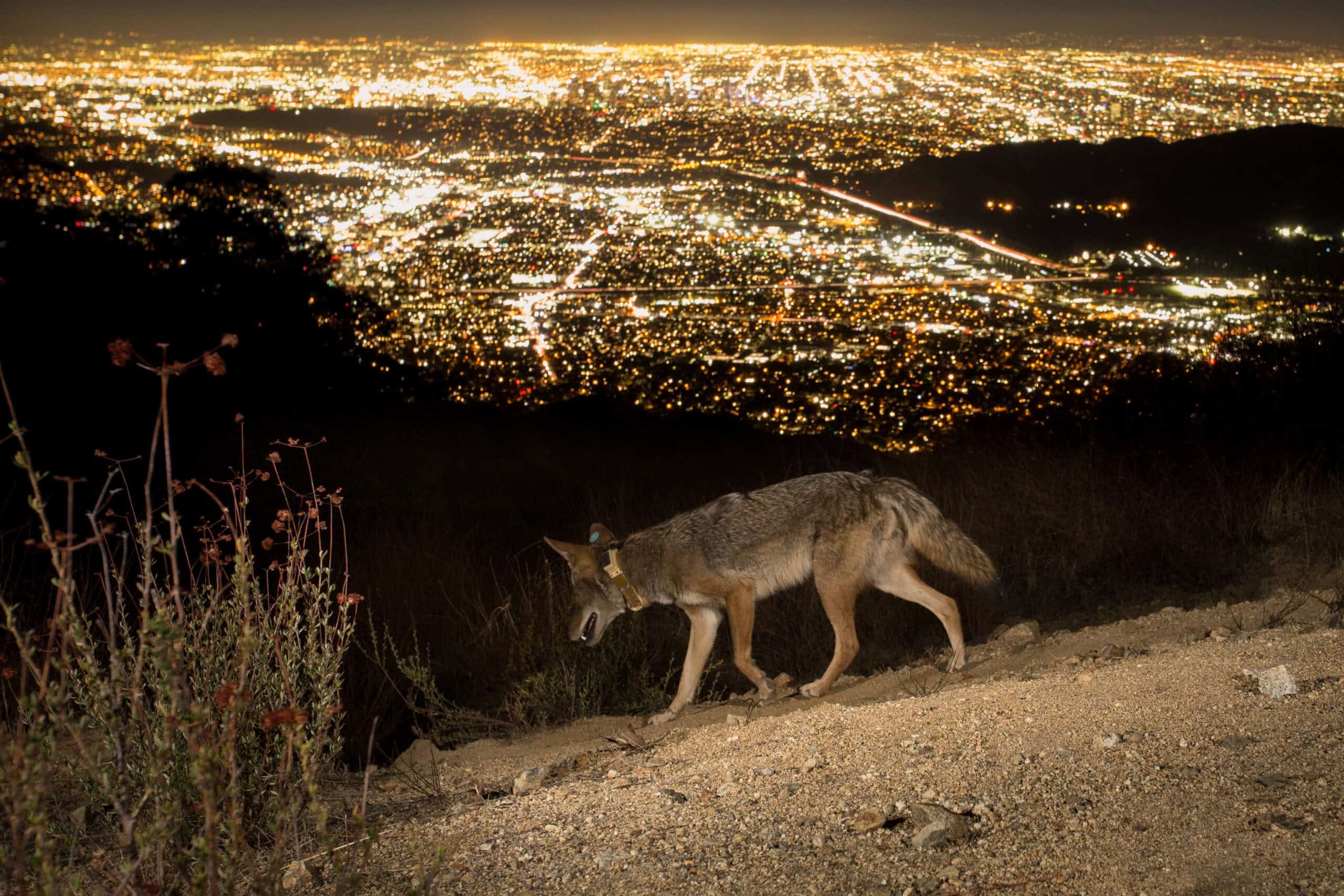
JWM: Nearly all California city coyotes eat rat poison
Efforts to control rodents may affect nontarget species—especially in urban areas

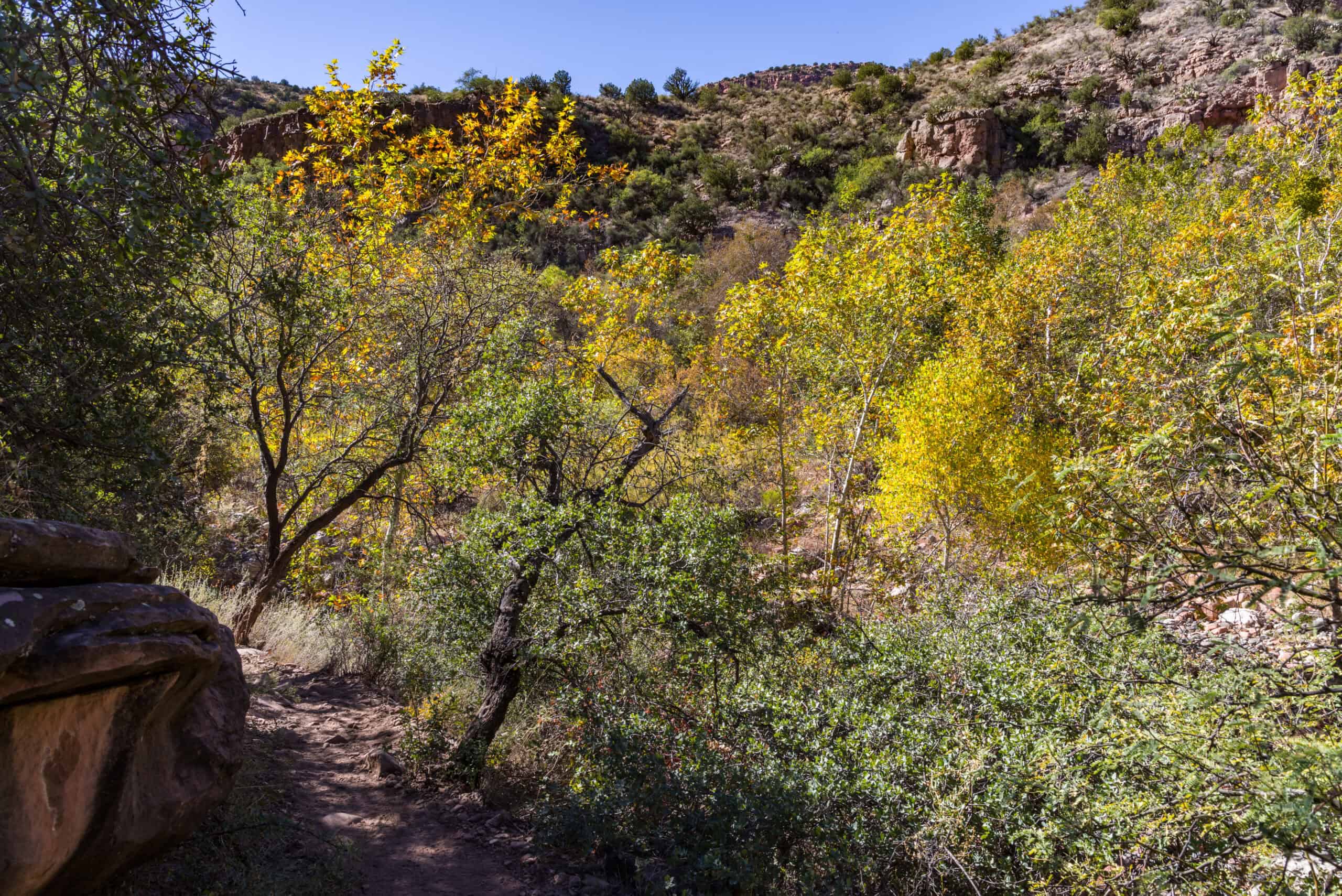
Keeping protected areas dynamic
Researchers suggest tapping into traditional ecological knowledge to manage dynamic ecosystems
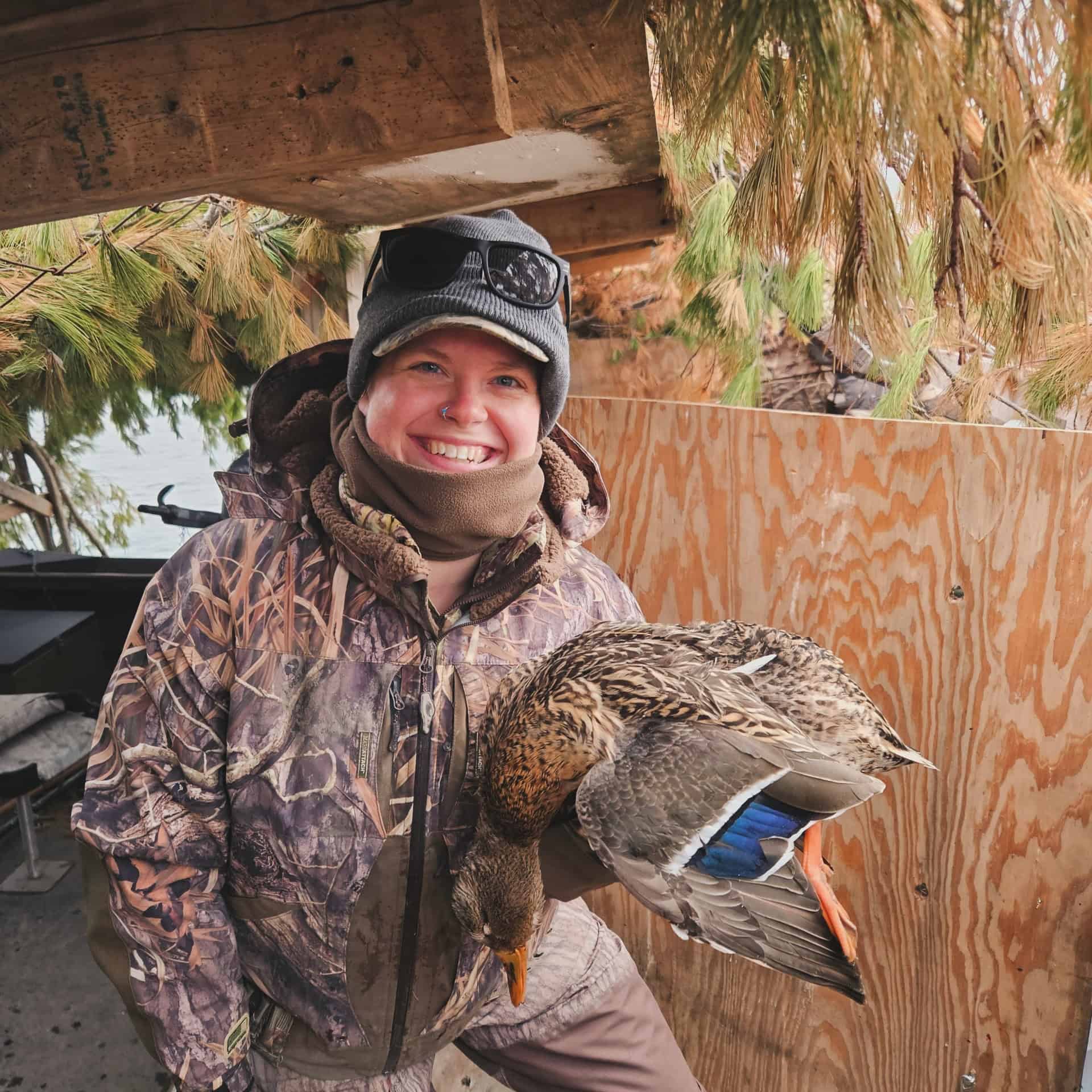
Wildlife Vocalizations Lost: Cheyenne Beach
TWS member’s job at the USDA’s Natural Resources Conservation Service helped farmers maintain soil health and improve wildlife habitat
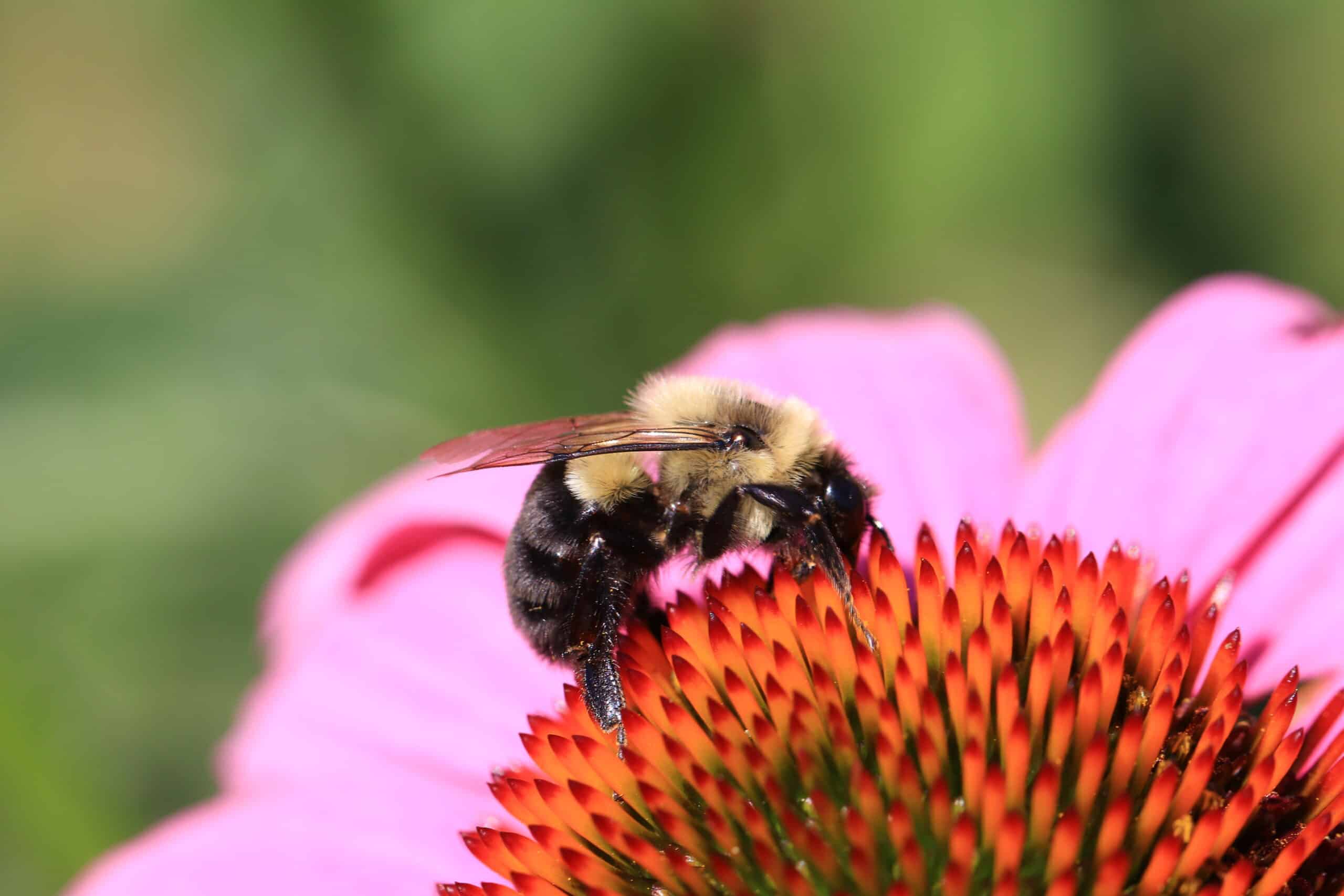
What flowers benefit wild urban bees?
A part of the flower called the corolla is important when it comes to bee biodiversity

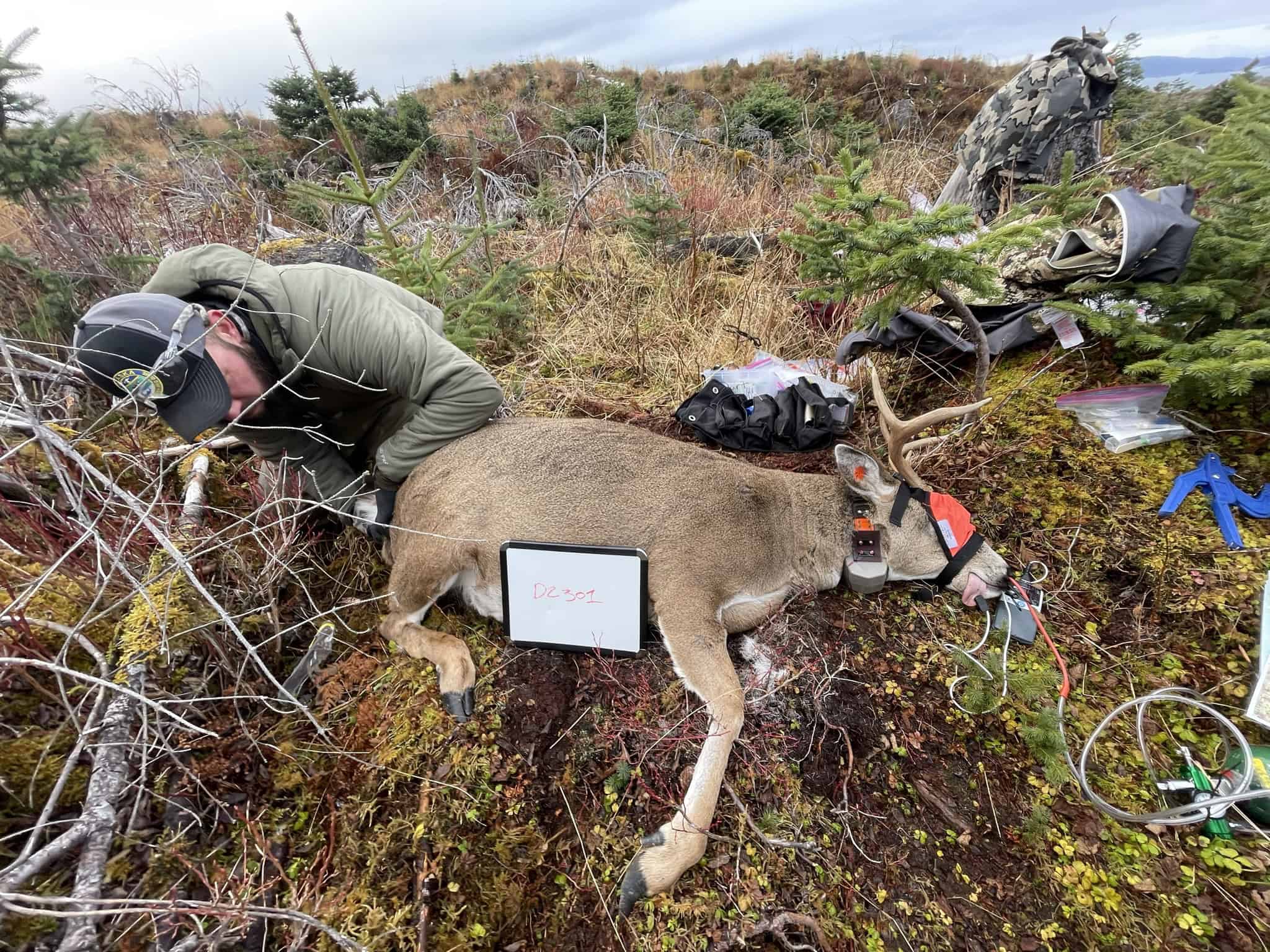
WSB: Thermal drones help biologists dart deer
Researchers needed help finding their targets in the thick vegetation of the Kodiak Archipelago
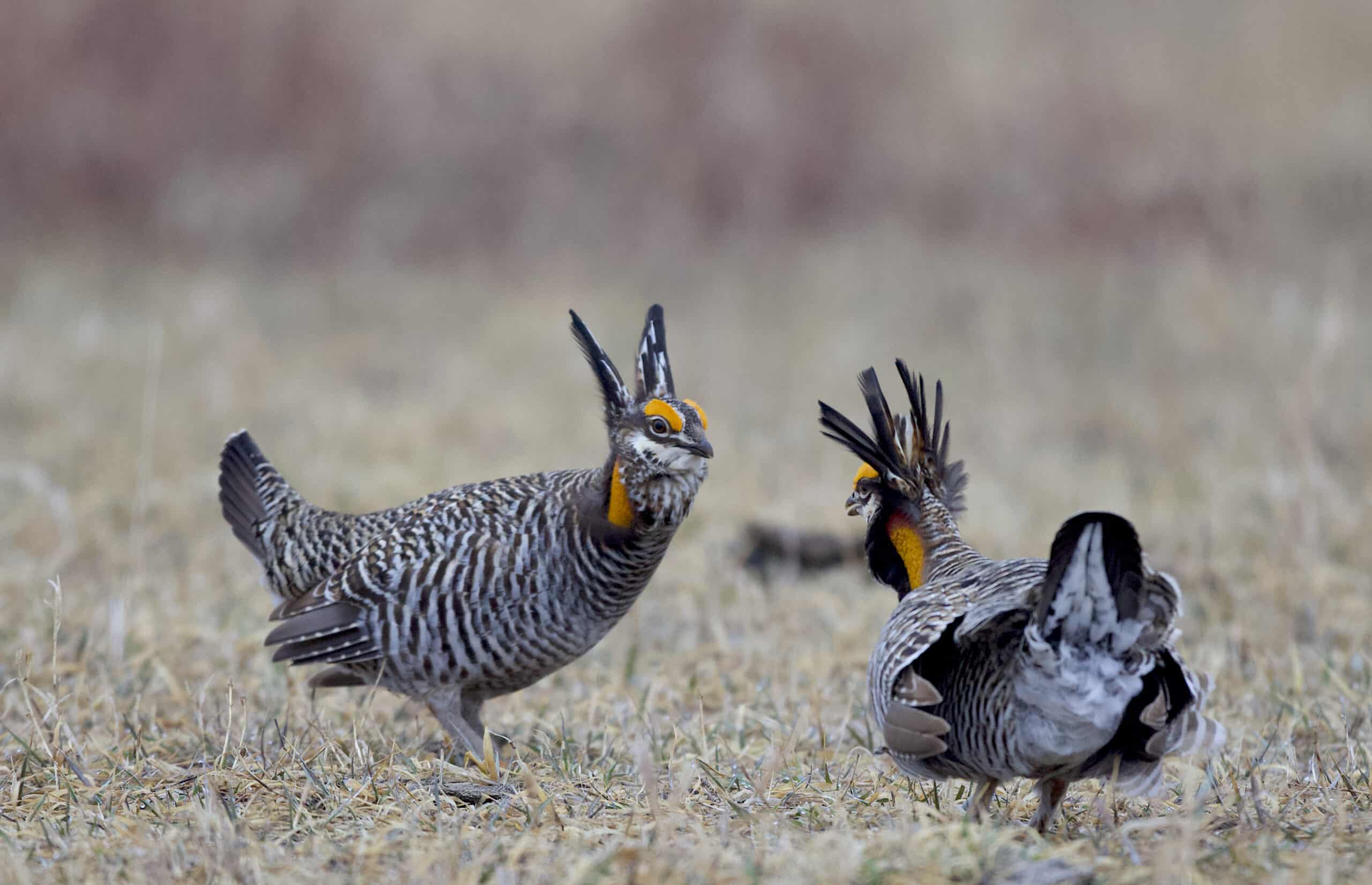
‘State of the Birds’ reports trouble in U.S. species
One-third of birds in the nation are of conservation concern

TWS Issue Statement: Feral and Free-Ranging Domestic Cats
Back to Position Statements page Perhaps no issue has captured more of the challenges for contemporary wildlife management than free-ranging domestic cats and their negative effects on native wildlife (Loss...
PAID AD


